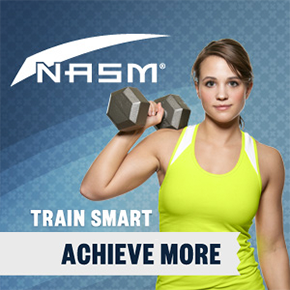One of the most common exercises for increasing upper body strength for gymnastics (and one of my personal favorites) is climbing rope. Beginners and younger gymnasts can begin by climbing rope using their arms and legs. As strength improves you can then progress to climbing the rope with the arms only and hold the legs in a straddle or pike position.
Some other great exercises for improving upper body strength for gymnastics include chin up and pull up variations such as basic pull ups, inverted pull ups, L-hang pull ups, wide grip pull ups. Push up variations such as basic push ups, decline push ups and handstand push ups. Dips, handstand shoulder shrugs, handstand walking, planche drills, skin the cats and upper arm shrugs on the P-bars are also great exercises for increasing upper body strength for gymnastics.
Upper-body strength is a great asset for gymnastics, and a much needed component of a performance training program. Much of it is attained through long hours of practice where specific strength occurs naturally by continually attempting and refining moves. Coaches may also suggest practicing moves such as handstands, and include a progression by adding a handstand with a push-up. This exercise is usually done up against a wall. Traditional push-ups are also a great exercise to increase upper-body strength. In the beginning of training, it is advisable to get an assessment of the entire body to be sure no imbalances are present throughout the musculoskeletal system. An assessment by a health care practitioner can evaluate imbalances and lack of flexibility, and then they can design a program to correct any of the imbalances found. This helps ensure that future training will not be inhibited by misalignment or any restrictions. Common imbalances found in an upper body assessment are tight and weak back muscles, upper spine rigidity, and weak neck muscles. Tightnesss and weakness equate to weak links which hinder strength and performance. Optimal posture and proper flexibility will lead to ultimate training gains.
Continue Learning about Gymnastics
Important: This content reflects information from various individuals and organizations and may offer alternative or opposing points of view. It should not be used for medical advice, diagnosis or treatment. As always, you should consult with your healthcare provider about your specific health needs.

